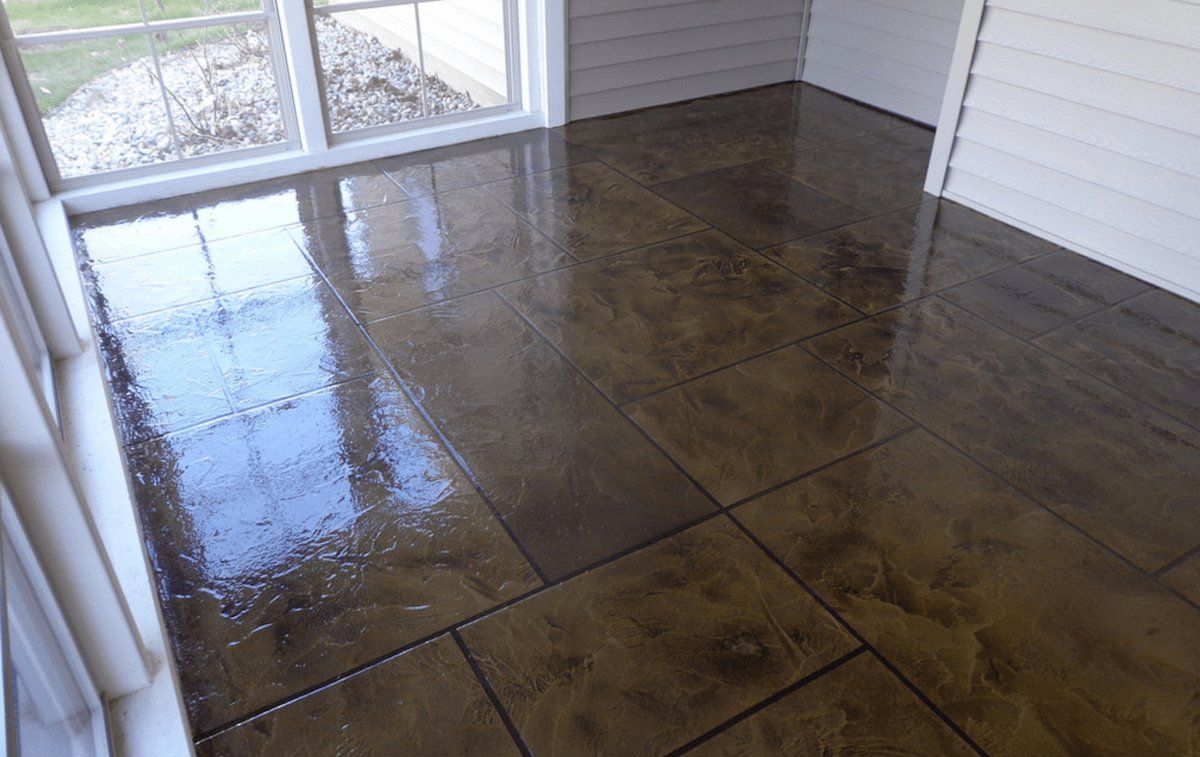Frost-Friendly Concrete Driveways: Crack-Free All Seasons
Benefits of frost-friendly concrete driveways

A well-built and properly maintained driveway is an essential aspect of any property. When it comes to regions with frosty winters, it is crucial to choose materials and construction techniques that can withstand the challenges posed by freezing temperatures. In this blog, San Francisco Concrete will explore the benefits of frost-friendly concrete driveways and how they can provide a crack-free surface in all seasons.
The Challenges of Frost and Freeze-Thaw Cycles
In areas with frosty climates, the freeze-thaw cycle poses a significant challenge to driveways. When water seeps into the concrete surface and freezes, it expands, exerting pressure on the concrete. Over time, this repeated expansion and contraction can cause cracks, deterioration, and damage to the driveway. It is essential to address these challenges by using frost-friendly materials and construction methods.
Reinforced Concrete for Strength and Durability
Frost-friendly concrete driveways San Francisco are typically constructed using reinforced concrete. The addition of steel reinforcement, such as rebar or wire mesh, strengthens the concrete and helps to minimize cracking. The reinforcement provides added structural integrity, making the driveway more resistant to the forces exerted by freezing and thawing.
Proper Drainage and Slope
To prevent water from pooling on the driveway surface and potentially causing damage during freeze-thaw cycles, proper drainage and slope are essential. A well-designed concrete driveway should have adequate slope to allow water to drain away efficiently. This helps to minimize the amount of water that can infiltrate the concrete and reduces the risk of freeze-thaw damage.
Appropriate Concrete Mix Design
The concrete mix design plays a crucial role in creating a frost-friendly driveway. The use of air-entrained concrete in Daly City, Brisbane, Colma, South San Francisco, San Bruno, Pacifica, Millbrae, is recommended for areas prone to freezing temperatures. Air-entrained concrete contains microscopic air bubbles that act as pressure relief valves during freezing. These bubbles allow water to expand into the voids rather than exerting pressure on the concrete itself, reducing the likelihood of cracking.
Effective Joint Placement
Proper joint placement is vital in frost-friendly concrete driveways. Control joints are strategically placed to create planned points of expansion and contraction. By incorporating control joints at regular intervals, contractors can guide the location of cracks, ensuring they occur at the joints rather than randomly across the surface of the driveway. This controlled cracking helps to minimize the impact of freeze-thaw cycles and maintain the structural integrity of the concrete.
Filling Small cracks in concrete driveway Repair
Regular Maintenance and Sealing
To prolong the life of a frost-friendly concrete driveway, regular maintenance is crucial. This includes routine cleaning, removing debris, and addressing any cracks or signs of damage promptly. Additionally, applying a high-quality concrete sealer can help protect the surface from moisture penetration, freeze-thaw damage, and the effects of de-icing chemicals.
Professional Concrete Services
To ensure the proper construction and longevity of your frost-friendly concrete driveway, it is essential to hire professional concrete contractors. San Francisco Concrete, with its expertise in concrete driveways, offers comprehensive services to design, construct, and maintain durable and crack-free driveways in San Francisco, CA. By utilizing industry best practices, quality materials, and skilled craftsmanship, we deliver exceptional results that withstand the challenges of frosty winters.
Conclusion
Frost-friendly concrete driveways offer a durable and crack-free solution for properties in regions with frosty climates. By incorporating reinforced concrete, proper drainage, appropriate mix design, effective joint placement, and regular maintenance, homeowners can enjoy a reliable and long-lasting driveway throughout all seasons. Contact San Francisco Concrete at 650-409-9761 to discuss your concrete driveway needs and experience the benefits of a frost-friendly solution for your property in Daly City, Brisbane, Colma, South San Francisco, San Bruno, Pacifica, Millbrae.



